Moringa, the famous “miracle tree,” has many nutritional benefits and is one of the most efficient and influential plants out there. It grows best in tropical and sub-tropical regions, but many climates can support a moringa tree. This article is for anyone considering growing their own moringa tree.
Moringa trees can be grown from either moringa seeds or branch cuttings from a moringa tree. If you have a nearby friend with a healthy moringa tree who can lending you a branch, then seeds are the way to go. Moringa oleifera is a common variety of moringa and is a great choice for growing and consuming.
How to Grow Your Own Moringa Tree
In the United States, the only places moringa can grow outside year-round are southern areas of Florida, Arizona, California, and Texas. Depending on where you live, you may decide to grow moringa trees outside in the ground, or in a pot to be kept indoors during the winter months. If you go with the “indoor/outdoor” combo, you can move your moringa tree outside during the summer.
Growing moringa trees in greenhouses is also an option, and is great for climates that regularly get below freezing temperatures. The optimal temperature range for moringa trees is 77-95 ˚F, but it can also survive in extreme temperatures up to 118 ˚F in the shade and down to a light frost. Altitudes lower than 1,970 ft above sea level are best, but moringa trees have been able to grow in the tropics up to 3940 ft above sea level.
No matter where you decide to grow your tree, try to place it in a sunny location and give it plenty of water.
Step by Step Directions for Planting Moringa
Before you get straight to planting, you need to think

Planting Moringa in the Soil
about where your tree is going. Is this tree in a pot that you will move inside during the winter? Or do you live in a sunny, drier climate where you can plant moringa seeds directly in the ground?
Once you know where your tree might go, you are ready for the next step. There is no dormancy period for moringa seeds, so you can plant mature seeds at any time.
Follow these instructions for the best success with planting moringa seeds, and see other planting options below!
Planting Moringa Seeds Outside:
|
What about indoor moringa plants? Moringa trees can grow up to 50 feet tall, which is less than ideal for an indoor environment.
These next instructions will teach you how to grow a “dwarf” moringa tree, which is still the same plant that has just been pruned to grow less.
Planting Moringa Seeds in a Pot:
|
If you do have the option to start your own tree from a branch cutting, follow these instructions on how to use a moringa cutting to grow your own moringa tree.
Planting Moringa from a Cutting:
|
We hope the above ways help you with your moringa! Once you’ve planted your tree, you might start wondering about the “best tips” to keep your tree healthy. We’ll provide top tips below.
General tips for cultivating moringa
The best way to learn is by trial and error, and you can also consult your local nursery for tips on your area’s soil and weather conditions. Most moringa seeds sprout within two weeks of being planted, so if you’re not seeing sprouts, you may need to replant.
Soil and Watering Tips:
Even though moringa can grow in a variety of conditions and in poor soil, we recommend using compost or manure. Mix the compost into your soil, as this will help the tree grow. Moringa trees do not usually need fertilizer of any kind, but if yours needs a little bit of extra help, phosphorus will aid root development; nitrogen will help with leaf growth. Ammonium sulfate can also help your tree grow.
Be generous with watering, but don’t water too much. The soil should not be dry and cracked, but the seeds should not be drowning either. Seedlings also are a bit fragile when they have recently sprouted, so water lightly during this period. When watering a new plant that was started from a branch cutting, try to avoid watering the stem of the plant. Moringa can survive in very dry climates with little water, but regular watering during the first two months of planting seeds helps them develop properly.
After the first two months, you can cut water back significantly and only water the tree when it looks like it needs water. If you live in a very wet climate and are growing your tree outside, Diplodia root rot can occur. To avoid this, try planting your tree on top of a small mound so that excess water can run off away from the plant.
Pruning Tips:
All moringa trees need regular pruning to promote leaf growth, curb branching, and prevent the tree from being taller than you want it to be. If a moringa tree is left alone to grow, it will become tall with many branches and few leaves, and will only flower near the top, which is very unhelpful.
A good height to aim for is 8-12 feet, and if you continue to prune the tree will keep growing lots of leaves and growing branches from the trunk instead of out the top of the tree. To prune, simply cut branches back to half their length and trim the top of the tree.
The branch parts that you’ve removed can be chopped up into 4- to 10-inch bits and scattered underneath the moringa tree to serve as a natural mulch.
Pests, Powder & Pods Tips:
Moringa does resist a lot of pests, but termites still might give you trouble. If this is the case, use mulch with castor oil plant leaves, mahogany chips, tephrosia leaves, or Persian lilac leaves.
To harvest the pods for eating, pick them when they are about ½ an inch in diameter and come off easily. Older leaves are better for making moringa powder.

Where Can I Buy Moringa Seeds?
Here is a list of a few moringa seed vendors in the United States, in addition to online shopping services like Amazon and Ebay. Kuli Kuli does not in any way endorse these vendors, but solely is providing them for informational purposes:
Good luck cultivating your own moringa tree! Please feel free to leave any comments or moringa planting tips in the comments below.
Don’t forget to tag @kulikulifoods in any social media posts you share so we can see your beautiful trees!
Resources
- https://www.treesforlife.org/our-work/our-initiatives/moringa/faq/growing-moringa/will-the-moringa-tree-grow-in-my-area
- http://www.ilovemoringa.com/How-To-Grow-Moringa-In-Cold-Climates.html
- http://www.moringamatters.com/how-to-grow-a-dwarf-Moringa-tree.html
- https://www.treesforlife.org/our-work/our-initiatives/moringa/how-to-grow
- http://echonet.org/moringa/
- http://www.moringamatters.com/how-to-prune-moringa-trees.html
- http://miracletrees.org/growing_moringa.html

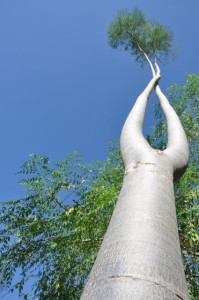
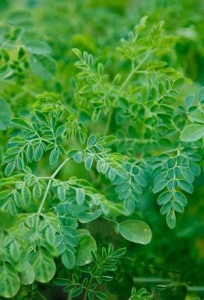
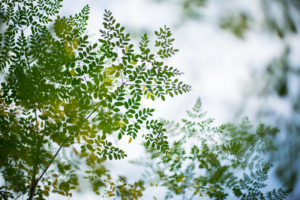
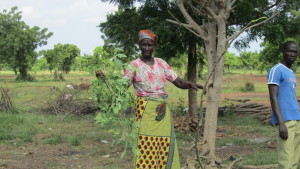

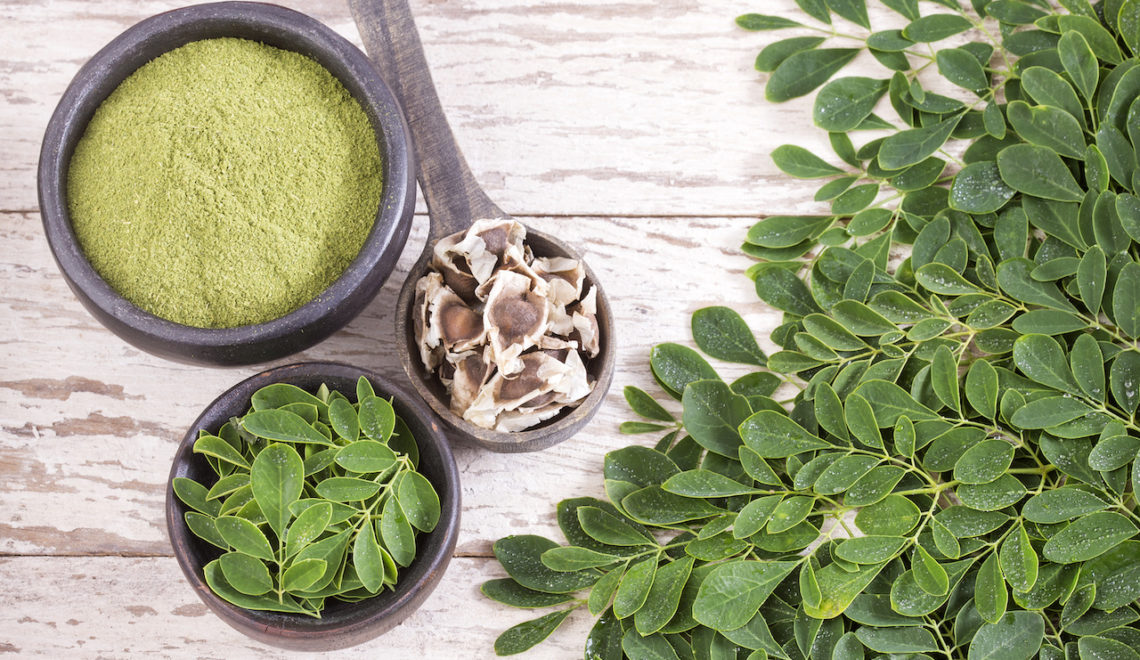







Great Website–full of relevant info.
Thanks.
WHAT TO DO IF PLANT LOSES ALL LEAVES ON A BRANCH AND OTHER LEAVES TURNS YELLOW ON OTHER BRANCHES?
towards the bottom of tree.
Try to make sure that the soil is not too wet and that the tree is receiving the proper nutrients!
most likely nitrogen deficiency but that is a secondry problem what is the cause? Is your ph right?is your plant getting enough EC? in water what is causing it not to, also phosphorus iron def but my money is on nitro def
what medium are you growing in what is the ph of the water and what is the EC before you add nutes
make sure the tree is very wet with super drainagein husk you can water everyday with soil you have to let it dry out first
Thanks for reading! We’re glad you enjoyed it!
Hi Katie, i want to find out if there are high breed moringa species that start fruiting with 4 months and you can help me get market for my seeds.
I would like container moringa trees and keep them small/short. Does confining them to containers stunt the tap root growth?
Hello I have two mornings trees how often you you water when in a plant and baby plants
Super info on moringa tree. Mine grew 6′ or more since planting in August. It is approaching 15′. Time to prune!
I have two moringa plants in pots 30 In high now. No signs of branching until now. Should I trim the top of the plant now? I’m planning to keep in indoors after 2.5 months since it’s Zone 7 here. Any advice will be helpful.
Thank you, Thank you, Thank you. Finding good detailed instructions isn’t easy. You answered all my questions!
I’m going to be planting a few for indoors and well as outdoors. LOVE this tree!!!
So happy to help! May your moringa tree grow tall and proud!
It’s the miracle tree! Cheers, Karen!
Has anyone been successful in growing a moringa tree in San Francisco, CA?
We’ve seen moringa leaves at the Oakland Farmer’s Market before, from Bay Area growers! The big key is that moringa trees thrive in dry, hot conditions; if possible, maximize sunlight that your tree can get. It seems worth trying! We’d love to know how it goes too 🙂
Thanks for the informative blog about how to grow your own moringa tree 3, for more details visit: https://www.terryexports.com/
Thanks for the blog about how to grow your own moringa tree 3, for more details visit: https://www.terryexports.com/
Find a sunny place. Make square holes in the ground (10-20 inches deep). Fill the holes with loose soil. Plant the seed 3/4 an inch deep. Water the surrounding soil (but not too much, otherwise the seeds may rot). Within 1-2 weeks the Moringa sprigs will emerge from the ground!
URL: https://treeremovalmelbournearborists.com/eastern-suburbs/
I am interested in commercializing moringa farming. How could you help?
Moringa has a taproot similar to carrots and small feeder roots, but no problematic branching roots. Moringas can be grown as hedge or a specimen trees. If you choose the container method, make sure the pot you select is deep enough, and use well-draining sandy soil. https://treeremovalmelbournearborists.com/ringwood/
Does Moringa tree have invasive roots? https://www.treeremovalmelbournearborists.com/contact/
Hi my Name it Terry and I have 4 years of growing Marlinga both from seats and from cutting
I have many different varieties but specialise in the Phillipino tree
If your looking for Seeds to plant or eat, and cutting Small / Medium / Late up to 5 ft tall in pots I am at your disposal
I can mail seeds and small seedlings to any part of Australia
0414267726
Hi there. I wanted to share my Moringa experience. I’m growing several trees in large clay pots inside my house. I live in Southern New Mexico in the high desert. We have pretty extreme weather hence, why they are growing inside. I saw in this info that Moringa’s have been known to grow in elevations up to 3,900 ft above sea level. I live at 4,700 and my Moringa’s are doing great (so, higher altitudes don’t seem to be an issue at all). Humidifier helps a lot and I only water every few days. Sunny spots are a must for growth.
than6 alot6